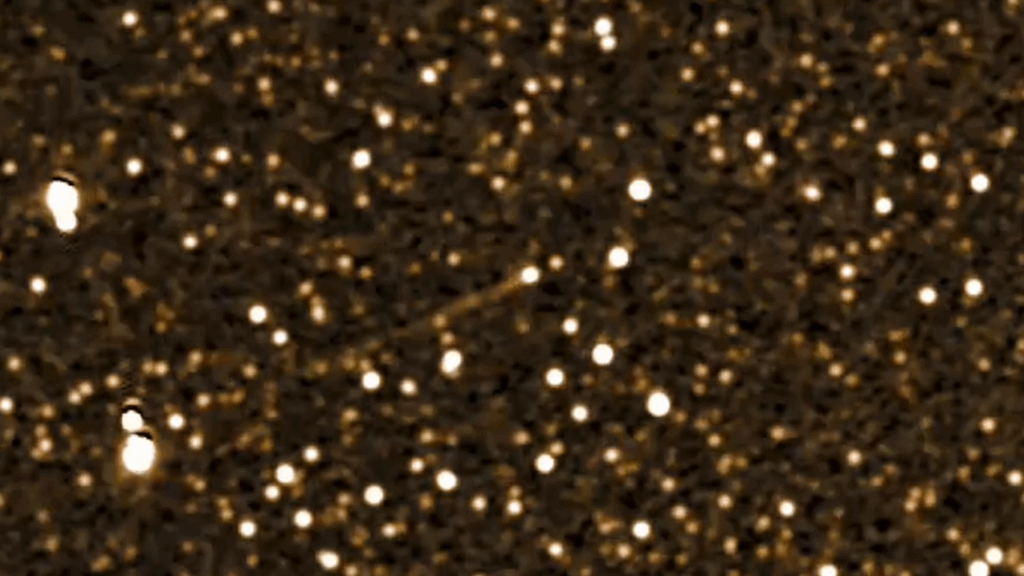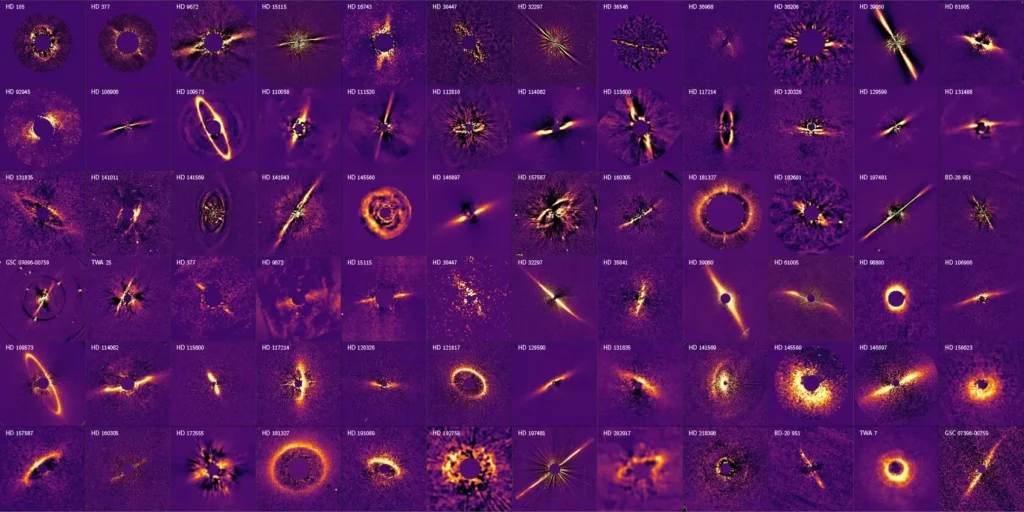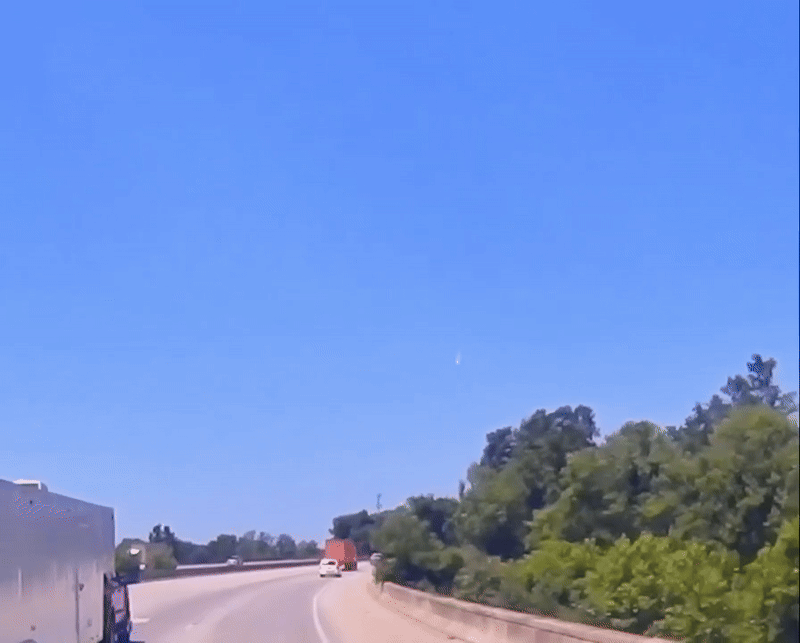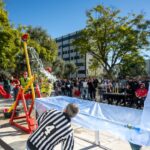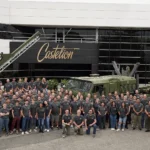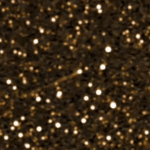Now Reading: Bootid meteor shower 2025 peaks tonight: Here’s what you need to know
-
01
Bootid meteor shower 2025 peaks tonight: Here’s what you need to know
Bootid meteor shower 2025 peaks tonight: Here’s what you need to know

The unpredictable Bootid meteor shower peaks tonight, though stargazers in the U.S. will need luck on their side to catch one of the ancient shooting stars streaking through the post-sunset sky.
Each June, Earth passes through the trail of debris left in the wake of the comet 7P/Pons-Winnecke, giving rise to the Bootid meteor shower. Its official designation stems from the simple fact that its radiant — the point from which its meteors appear to approach Earth — is situated in the constellation Bootes, the herdsman, which can be found above the western horizon in late June.
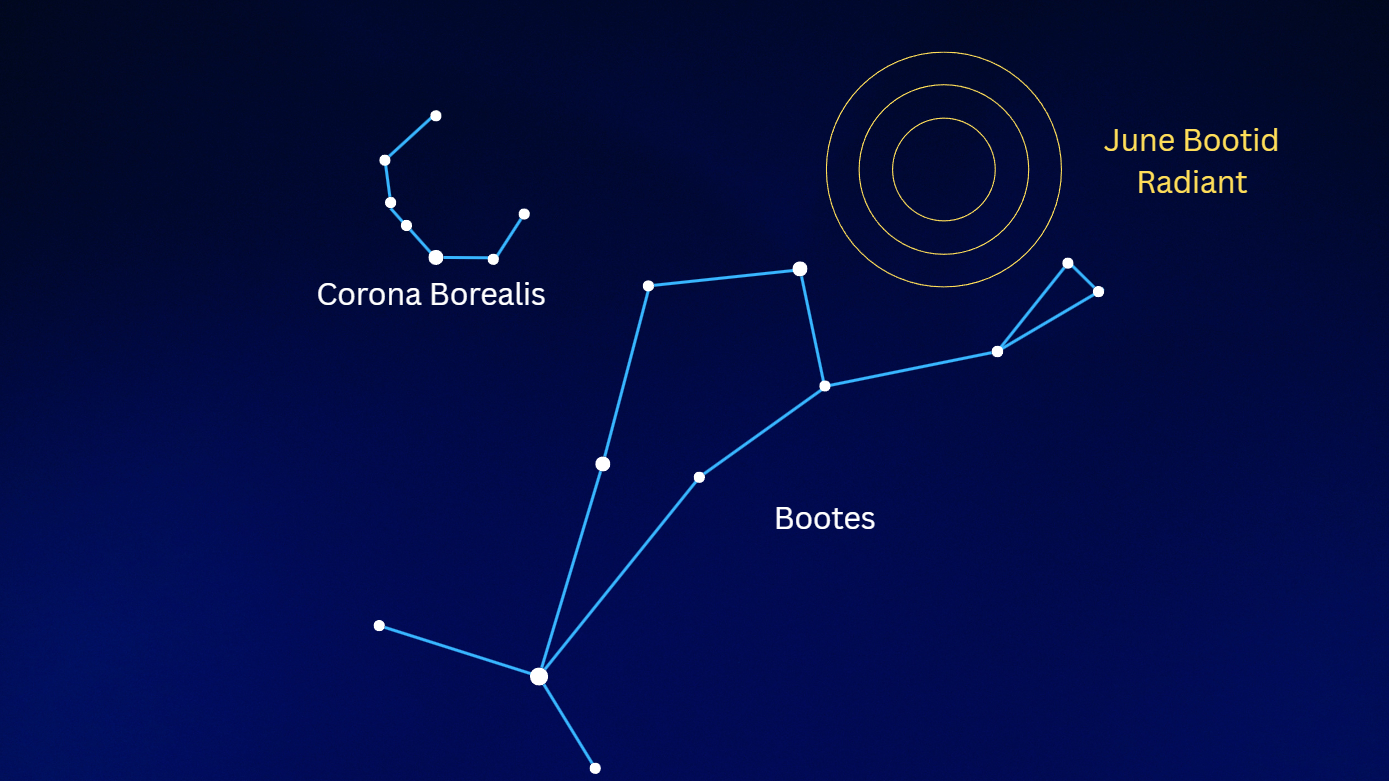
The best time to see the June Bootids in the U.S. is in the hours following sunset on the night of June 27, when the radiant will be at its highest point in the post sunset sky, according to stargazing website in-the-sky.org. However, meteor hunters will need to keep their expectations of the shower in check.
June’s Bootid meteor shower is described as a ‘Class III Variable’ by the American Meteor Association. While it is capable of surprising us with a stronger than average showing, it’s also possible that the shower could give rise to as little as one visible shooting star per night, even at its peak.
But any meteor shower, regardless of how weak, is worth looking for. To give yourself the best opportunity of spotting one of the elusive meteors, you’ll want to head away from city lights and find a patch of sky around 40 degrees above the radiant in the direction of the local zenith, which is the point above your head. Remember, the span of your outstretched fist measures approximately 10 degrees of night sky.
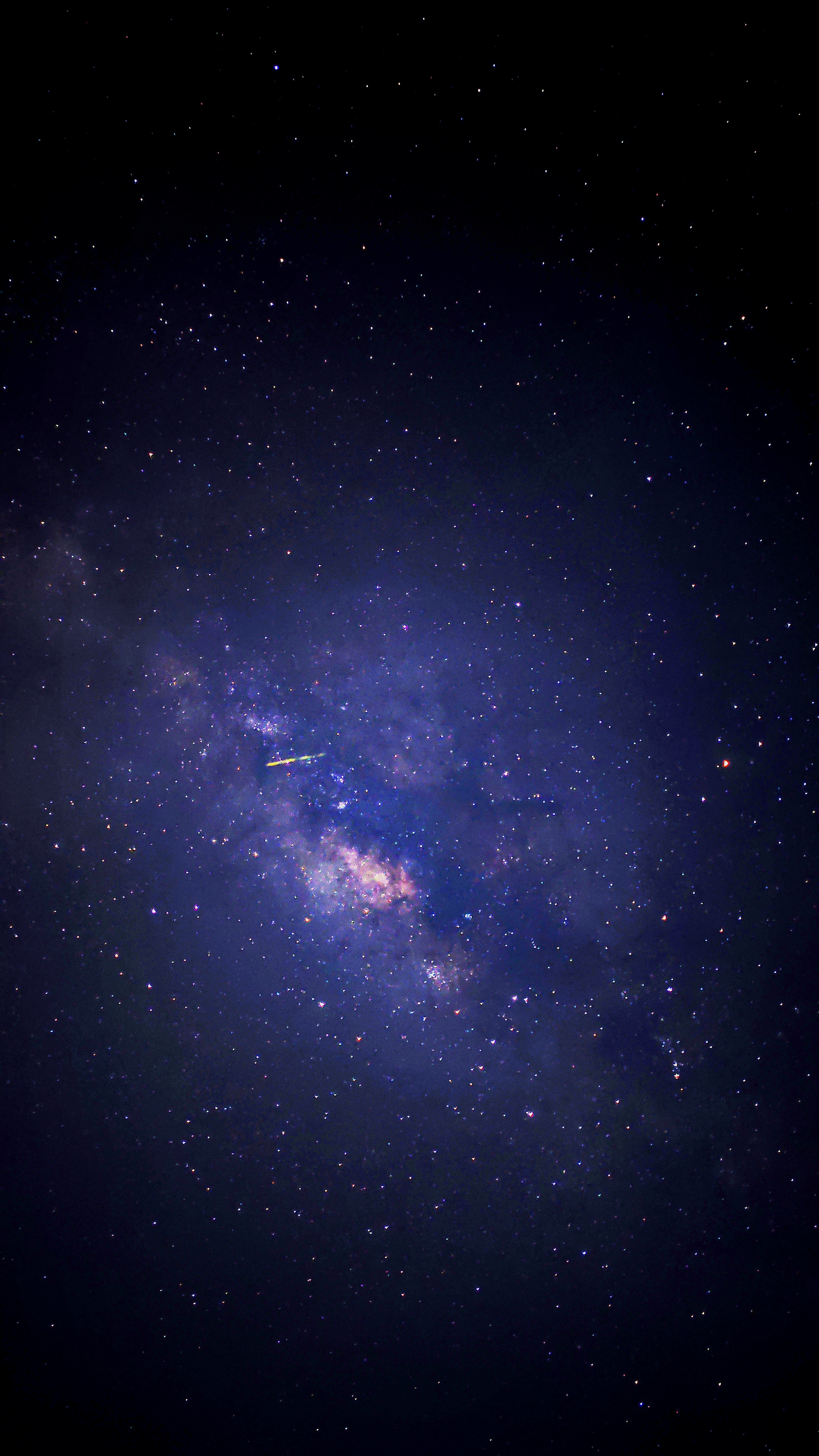
Of course there’s always the possibility that you could spot a sporadic meteor that isn’t associated with a named shower. Earlier this week, a vivid green fireball flared to life in the skies above the northeastern U.S, tracking a northerly path before being overwhelmed by the friction of atmospheric entry.
TOP CAMERA PICK
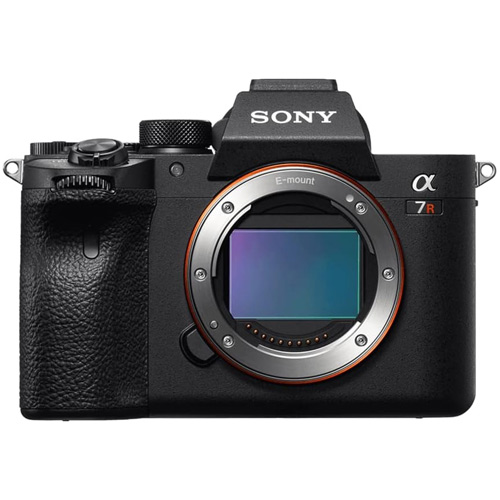
Want to see meteors and fireballs in your area? The Sony A7R IV mirrorless camera offers plenty of quality and value for money.
Amateur astrophotographer Shawn Hew was also able to capture a beautiful shot of a meteor crossing the Milky Way from the Malaysian city of Sandakan. Interestingly, both the fireball and Hew’s meteor were captured streaking away from the Bootid radiant, though it is difficult to tell whether they are associated with the shower, or simply opportunistic sporadics. Space.com has reached out to the American Meteor Association for comment on both sightings.
Editor’s Note: If you capture an image of a shooting star and want to share it with Space.com’s readers, then please send your photo(s), comments, and your name and location to spacephotos@space.com.
Stay Informed With the Latest & Most Important News
-
 012024 in Review: Highlights from NASA in Silicon Valley
012024 in Review: Highlights from NASA in Silicon Valley -
 02Panasonic Leica Summilux DG 15mm f/1.7 ASPH review
02Panasonic Leica Summilux DG 15mm f/1.7 ASPH review -
 03How New NASA, India Earth Satellite NISAR Will See Earth
03How New NASA, India Earth Satellite NISAR Will See Earth -
 04And Thus Begins A New Year For Life On Earth
04And Thus Begins A New Year For Life On Earth -
 05Astronomy Activation Ambassadors: A New Era
05Astronomy Activation Ambassadors: A New Era -
06SpaceX launch surge helps set new global launch record in 2024
-
 07From Polymerization-Enabled Folding and Assembly to Chemical Evolution: Key Processes for Emergence of Functional Polymers in the Origin of Life
07From Polymerization-Enabled Folding and Assembly to Chemical Evolution: Key Processes for Emergence of Functional Polymers in the Origin of Life













